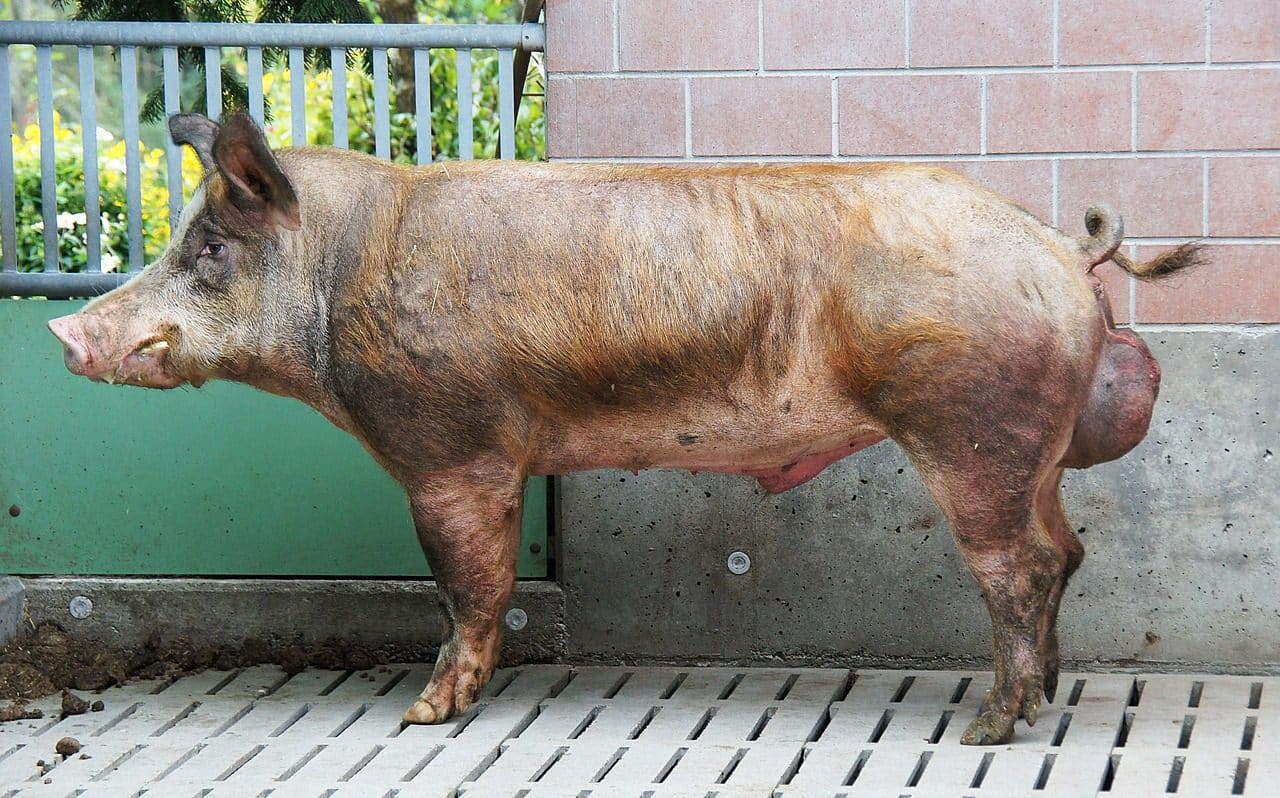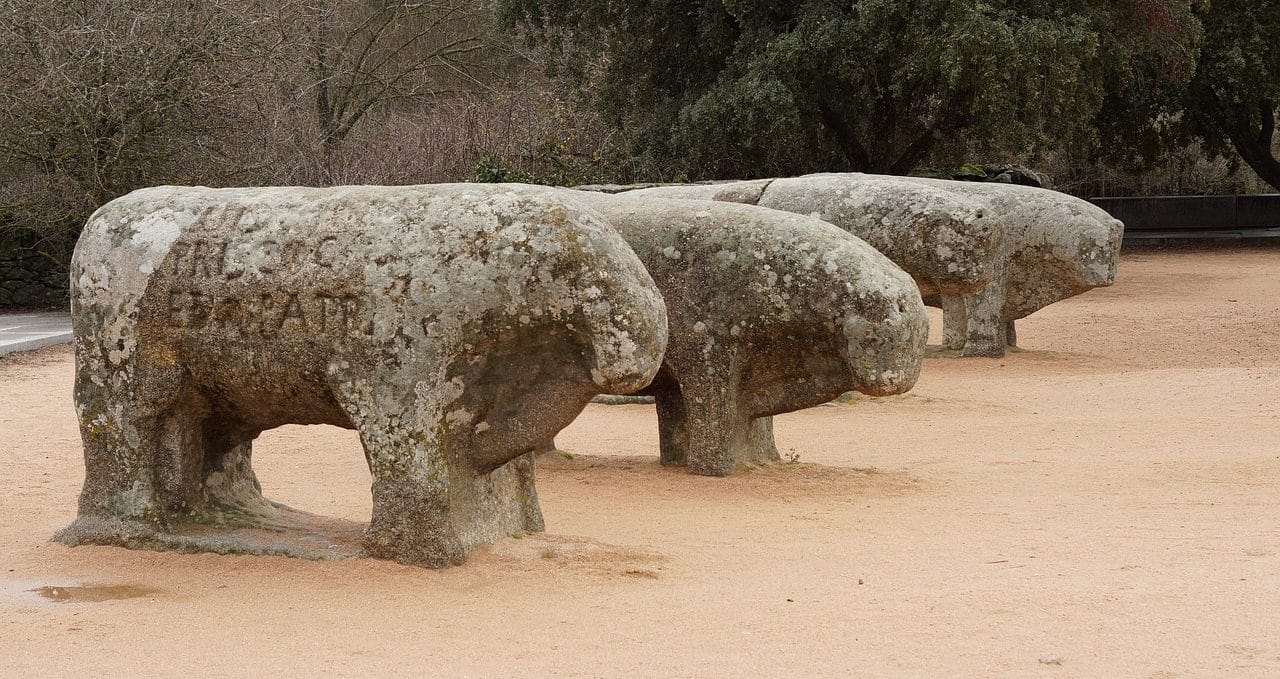
A boar is a breeding male pig.
A boar is a male pig ( puerco or chancho ) that is destined for reproduction or that has already had offspring. It should be remembered that pigs are animals that belong to the species Sus scrofa domestica : these are artiodactyl mammals that share a family with wild boars, warthogs and other animals.
Before moving forward with the definition of boar, we have to highlight its etymological origin. In this sense, it should be said that it derives from the Latin verres , which was what the pig stallion was called, and from its union with the suffix -aco , which has a certain derogatory touch in Spanish.
pig farming
Pig farming is the raising of pigs. Pig farmers call pigs differently according to their characteristics , assigning the name boar to males whose function is reproductive. The female, on the other hand, can be called gocha or cocha .
The babies, while still suckling, are known as piglets : if they are under four months old, they may also be called sparrows . In some countries , piglets that are still suckling are called piglets , although in some nations piglets are all male pigs.
It should be noted that pigs are raised for their meat (a food valued by many cultures), their leather and their bristles (hair). It is possible to find bags, shoes and brushes made from pork.
The term boar applied to a person
Verraco is also a person with undesirable characteristics , whose behavior turns out to be mean .
For example: “The president of the club is a real boar who does not deserve the respect of any member” , “The mayor called the opposition candidate a 'boar'” , “I don't understand how people marvel at such a boar” .

The stone boars are prehistoric sculptures.
prehistoric sculptures
Fish from the Caproidae family , on the other hand, are called ochavos or boars, while stone boars are prehistoric sculptures found in different Spanish provinces.
There are numerous examples of artistic works that represent stone boars and for which there is still no clear theory in this regard. And there are scholars in the field who consider that they were used as a way to determine the limits of grazing while others believe that they had, above all, a mystical function.
But not only that, since no less relevant are the theories that defend that they were a way of honoring the dead or artistic expressions without any type of background.
In Portugal there are different stone boars, although it is perhaps in Spain where they have the greatest presence. Specifically, in provinces such as Salamanca , Cáceres , Toledo and Segovia , among others.
Among the most important representations of this type are the very famous Guisando Bulls , located in the province of Ávila and which are very well preserved. They are recognized at a historical level, not only as an artistic expression but because the Treaty of Guisando was signed along with them. This is a document from the 15th century in which King Henry IV recognized his sister as his future heir, who would later become Isabella the Catholic .
